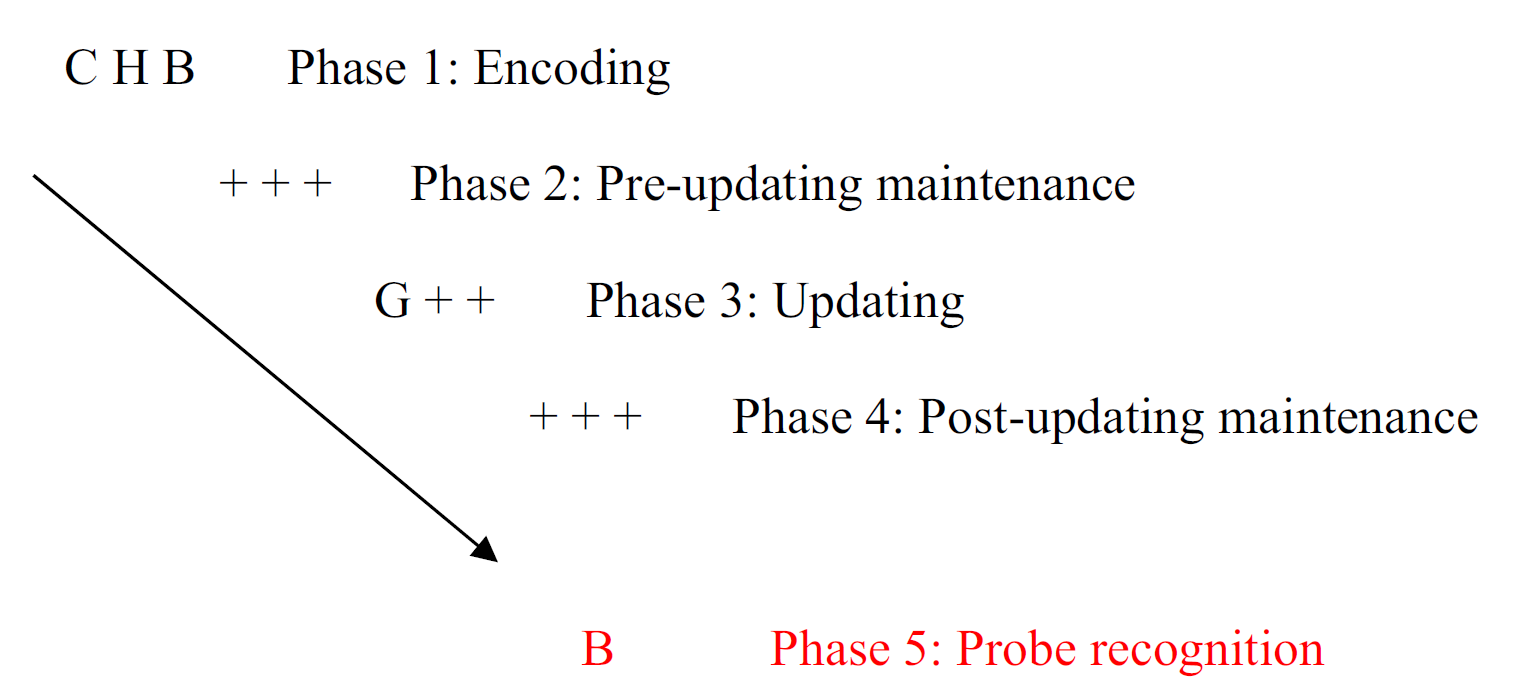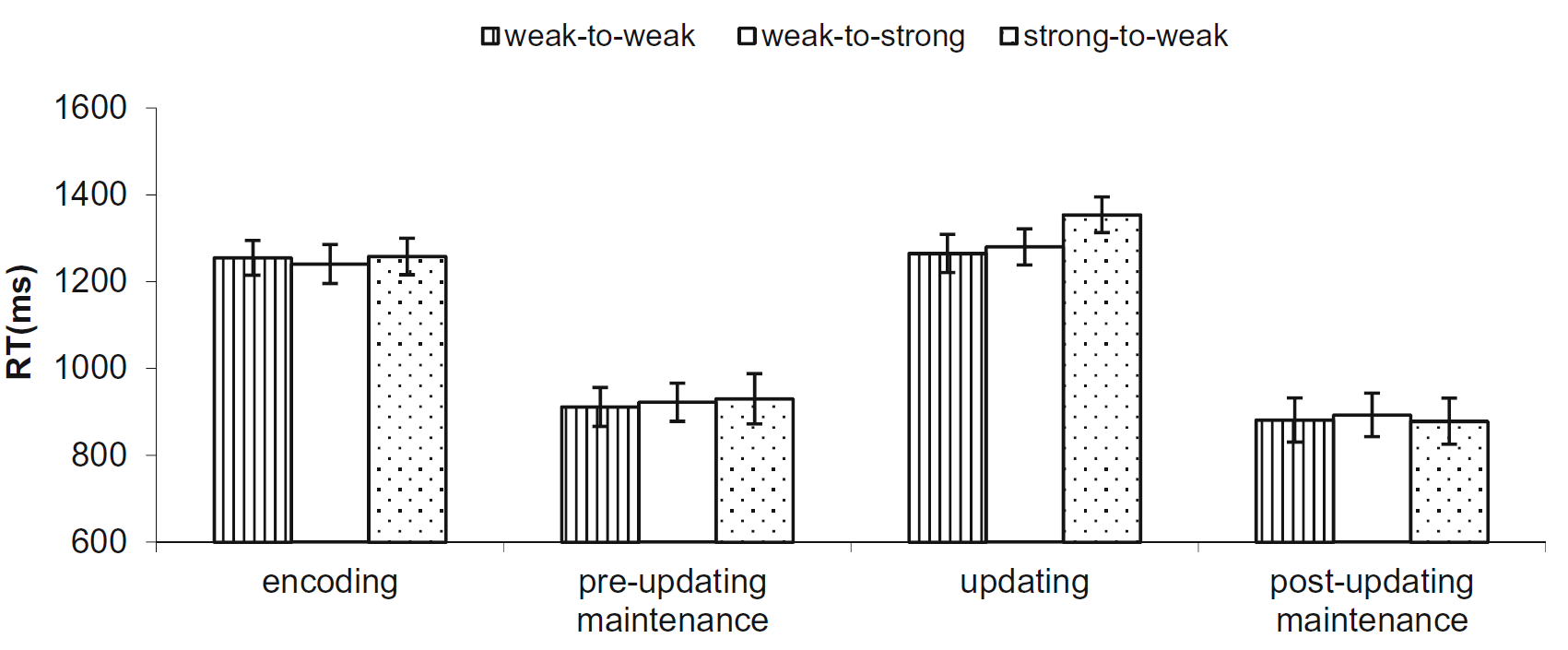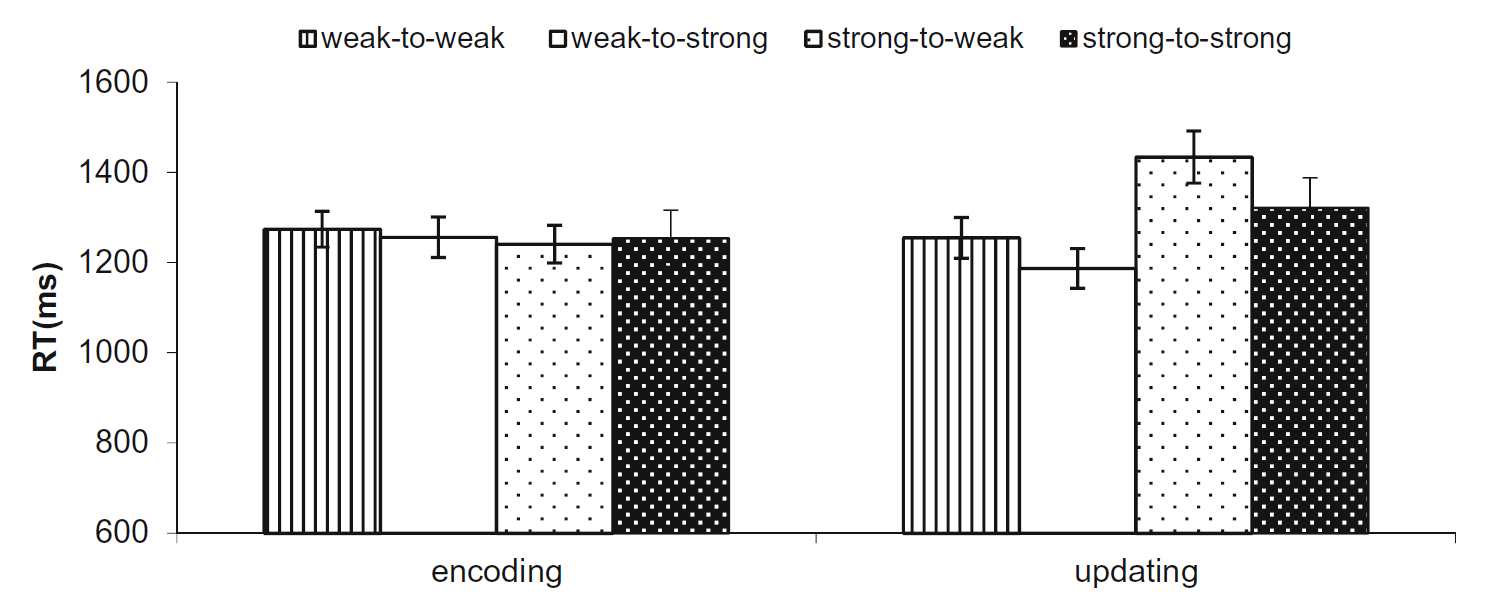Cogito ergo sum. Thus spake René Descartes, usually translated into English as “I think, therefore I am.” Thinking is what makes us human—quite literally so because homo sapiens means “wise man”. So what does it mean to think, let alone to be wise?
Much debate can be had about that question, but it seems safe to suggest that our ability to retain, manipulate, and then reproduce a collection of symbolic representations is a core aspect of cognition. There is also much agreement that those manipulations involve our working memory. Even though definitions of working memory may vary with one’s theoretical orientation, there can be no doubt that measures of working memory performance explain a large share of the variance in individual variation in fluid intelligence.
No wonder then, that a recent analysis of the literature on working memory found more than 11,600 relevant publications on the topic. At least some of those articles will have wrestled with the basic dilemma confronting working memory: On the one hand, working memory must hold information in memory so it can be manipulated—one cannot mentally multiply 32 by 19 without holding intermediate sums in memory. But by the same token, it has been argued that
“… a fundamental requirement for its smooth operation is a mechanism that ensures outdated and no-longer-relevant information is discarded. Without such a mechanism, clutter from irrelevant information would prevent access to relevant information and would thus ultimately render efficient cognitive processing impossible.”
A core aspect of working memory, therefore, is the ability to discard or update information as needed. The system must achieve flexibility as well as stability.
But there is more.
Working memory must also interact with our long-term memories, and often the information required in a symbol-manipulation task is already in our long-term memories (e.g., that multiplying a quantity by 19 might be best achieved by multiplying it by 20, which is easy, and then subtracting the quantity from the result once). Just last week we noted on this blog how lifelong learning can affect our short-term memories.
So how does long-term information contribute to updating of working memory?
A recent article in the Psychonomic Society’s journal Memory & Cognition addressed this question. Researchers Caterina Artuso and Paola Palladino focused on the processes of dismantling and then recreating—with new information—associations between items. Specifically, Artuso and Palladino expected that if the associations involved pre-existing long-term memory structures, their dismantling would be more difficult the stronger the stored association was. Conversely, weak associations were expected to be updated with stronger ones with greater ease.
For their experiment, Artuso and Palladino created strong and weak sublexical associations, based on the frequency of co-occurrence of such sublexical units in spoken Italian (the study was conducted in Italy). The researchers focused on three conditions: (1) a condition with strong associations that were to be updated with weak associations, (2) a reversed condition (weak to be updated by strong), (3) a condition in which weak associations were to be updated with other weak associations.
The procedure is outlined in the figure below. On each trial people first encoded a trigram of letters (in this case CHB) before being presented with an update signal (in this case, replace C with G so the memory contents are GHB), which in turn was followed by a recognition probe. In this case, the probe B required an affirmative response because that letter was in the latest memory set.

The crucial manipulation involved the first two letters of the trigram on each trial: Those two consonants either had a high probability of co-occurrence in Italian, or they rarely occurred together. Letters that occurred together more frequently were thought to be associated more strongly together in participants’ long-term memory.
In the above figure, CH presents a strong association whereas GH is weak—hence this trial instantiated condition (1), in which a strong association must be dismantled only to be replaced by a weaker association.
Accuracy on the final recognition test was nearly perfect (95% correct). The dependent variable was the response time for each phase of each trial: participants had to press the space bar to move from one phase to the next. The figure below shows the main results.

Several aspects of the data are noteworthy. First, the time taken to encode the trigram did not vary between conditions. Apparently the strength of association in long-term memory had no effect on how quickly participants could encode the new information into working memory. The nature of the association also had no effect on maintenance (i.e., rehearsal) duration before or after the update.
Second, there were differences between conditions during the updating phase: exactly as expected, a strong long-term association (stippled bar) took longer to dismantle and rebuild with a new item than a weak association.
Third, all that mattered to updating times was the strength of the to-be-dismantled association: the strength of the new association that had to be formed was irrelevant (white vs. striped bar).
In a second experiment, Artuso and Palladino added a fourth condition that involved the transition that was missing from their first study; namely from a strong association to another strong one. The results from this second study (omitting the maintenance phases) are shown in the figure below:

The crucial finding from the first experiment was replicated: a strong association took longer to dismantle during updating, irrespective of the strength of the new association (both stippled bars). Moreover, in this case, the strength of the new association mattered: once a strong association had been dismantled, it was quicker to replace it with another strong one than a weak association (the stippled bars differ from each other, in addition to jointly differing from the other two).
These results are particularly intriguing because they are the opposite of what is usually observed in memory measures: In most cases, working memory for material is better when it is strongly—rather than weakly—associated in long-term memory. In the studies by Artuso and Palladino, we observed the price that is paid for that greater strength of memory; namely, a reduction in flexibility.
Psychonomics article featured in this blogpost:
Artuso, C., & Palladino, P. (2018). How sublexical association strength modulates updating: Cognitive and strategic effects. Memory & Cognition, 46, 285-297. DOI: 10.3758/s13421-017-0764-6.

